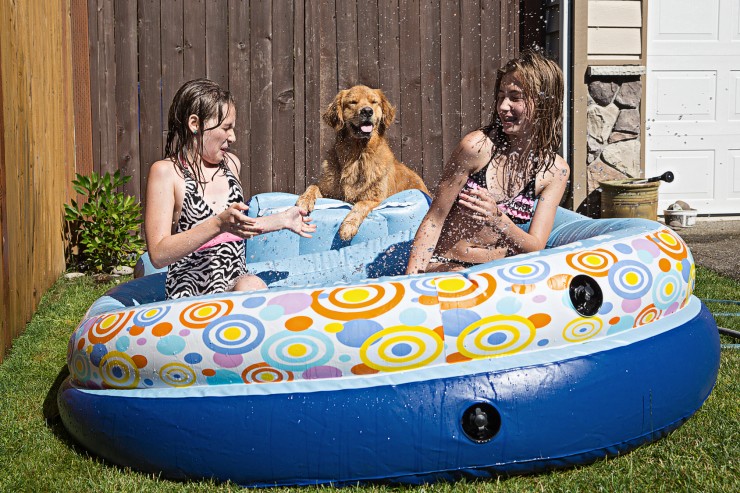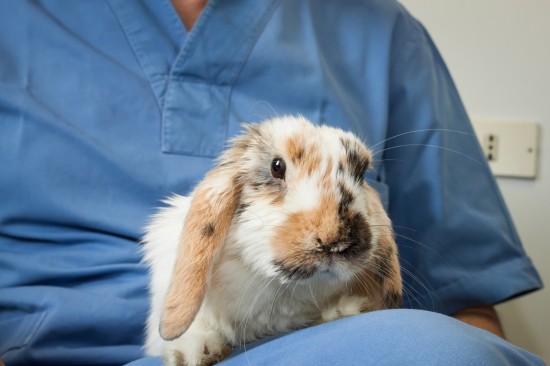
People tend to have the mistaken belief that domestic dogs (and cats) are perfectly capable of existing on instinct in the wild. Well, let me tell you–they aren’t.
Part of the training that wild animals receive from their parents/packs/prides is to do with hunting and obtaining/stalking prey. They don’t get that training from their humans. What they DO learn, however, is that man is essentially harmless, therefore, if they HAPPEN to survive dumping, they are more likely to invade our territory and trashcans. Packs of dogs that have no fear of man are much more dangerous than packs of wolves that tend to avoid mankind.
The majority of dogs that are taken to the country and dumped are either because the owner has tired of dealing with a dog that is not trained, or, they are from litters of unwanted puppies. Both reasons stem from the ignorance of the humans.
It behooves you, when you go to the pet store and see those darling puppies, to be prepared to train the dog to be suitable for your lifestyle. You need to be aware, for example, that the young puppy needs to go outside frequently. That they teethe between four and six months of age and during that time, they are voracious chewers–on anything.
If I sound angry, it’s because people, when they make the decision to adopt or buy a dog, need to do so with the same care that they would adopt a child. Only this one will not be going off to college in the not too distant future. Nor, as a general rule, will it eventually get a job to help support itself.
What might be cute in an eight-pound puppy, will not necessarily be acceptable in a 50 pound dog. Jumping up on people, chewing on hands or clothing, nipping at your heels are all behaviors that need to be “nipped” in the bud.
Here are some basic do’s of ownership:
Do think about the purchase/adoption before you go through with it.
Do purchase the proper crate for your dog and teach the dog to use it.
Do plan to spend time daily with the dog.
Do make rules for the adult dog that you will teach it as a puppy.
Do get the dog neutered/spayed if it will not be a show dog or working dog.
Do study training books or plan to attend training classes with the dog.
Do get lots of chew toys for the puppy and teach him to use them.
Some do not’s:
Do NOT succumb to the adorable puppies on impulse.
Do NOT assume that if it doesn’t work out, you can just dump the dog in the country and it will survive.
Do NOT make the mistake of believing that the puppy won’t chew on your things. It will, unless you teach it otherwise.
Do NOT let the puppy do things you would not let an adult dog do.
Actually, that last one brings another thought to mind. If you don’t want to deal with the chewing of teething time and the “accidents” of a busy puppy, you might consider getting an older dog rather than a puppy. Dogs over the age of six months have pretty well finished the teething that leads to so much chewing, although they still have that drive. Getting bones and sturdy chew toys and making sure the dog chews them instead of your shoes or furniture will satisfy that.
Plus, if you get an older dog, house training is much quicker than with a puppy, as a rule. Some of it depends on where you get the dog from. With an older dog, you have to watch it some, but if you’re consistent on taking the dog outside from the beginning (which does work with puppies, but takes a bit longer since they actually have little bowel or bladder control until 3-4 months of age), through the same door and encourage him in some indication that you can comprehend as a “signal,” then things should be settled pretty well quickly.
Neutering or spaying a dog that is not breed-enhancing quality will alleviate the unwanted puppies problem. And for those that want to breed their bitch (female dog) for “educational” purposes (“We want the children to see the miracle of life”), I say, don’t be stupid. That may seem harsh, but consider this. If you breed your female and she whelps twelve puppies, what are you going to do with them, if you can’t find homes for all of them?
Smaller breeds tend to have smaller litters, true, but some of them have a much harder time whelping, too. That tiny teacup Poodle is likely to have a much harder time delivering puppies than a larger Terrier-type or a Lab cross. Besides, if you can’t find materials in the library or on the internet to use to educate your children, you’re not trying hard enough.
At any rate, use your brain before your heart (or the kids) tempts you to get that puppy. It will be much better for you and for the puppy.
C. Rogers Upson has been training dogs and studying them for nearly 40 years. Her website is http://www.dogpotentials.com and she has two dog-related stores at http://www.cafepress.com/keepbts (Keeping to the Borders) and http://www.cafepress.com/dp52 (Dog Potentials).
 Summer Safety Tips - Your Dog And Your Paddling Pool
Summer Safety Tip
Summer Safety Tips - Your Dog And Your Paddling Pool
Summer Safety Tip
 Ways to keep your dog warm in winter
Ways to keep your dog warm in winter
In the ev
Ways to keep your dog warm in winter
Ways to keep your dog warm in winter
In the ev
 How To Deal With A Sick Rabbit Before Going To The Vet
How To Deal With
How To Deal With A Sick Rabbit Before Going To The Vet
How To Deal With
 The Real Cost Of Vet Care For Dogs And Cats
The Real Cost Of
The Real Cost Of Vet Care For Dogs And Cats
The Real Cost Of
 Feeding A Dog With Heart Failure
Feeding A Dog Wit
Feeding A Dog With Heart Failure
Feeding A Dog Wit
Copyright © 2005-2016 Pet Information All Rights Reserved
Contact us: www162date@outlook.com